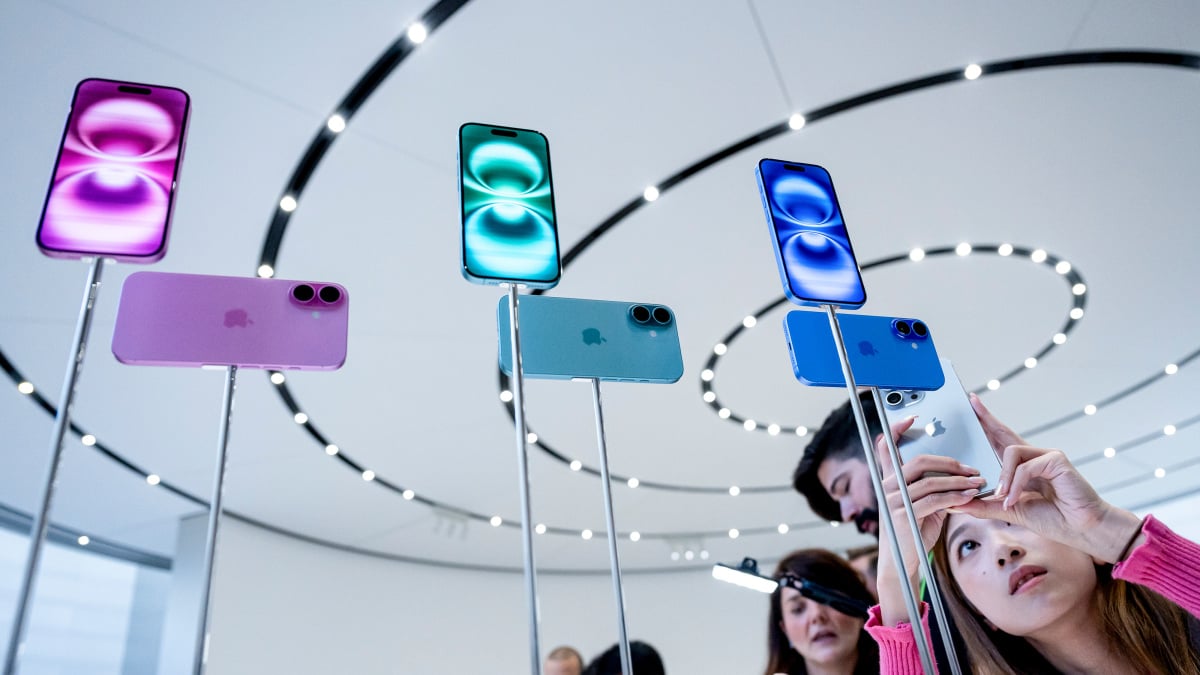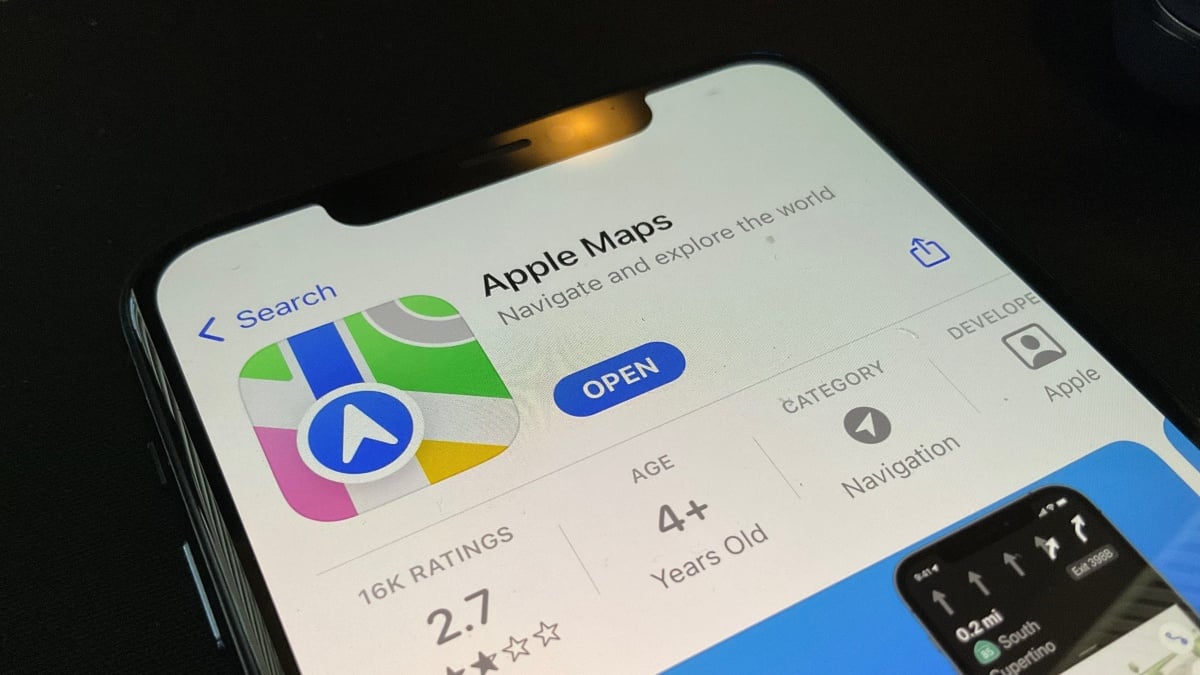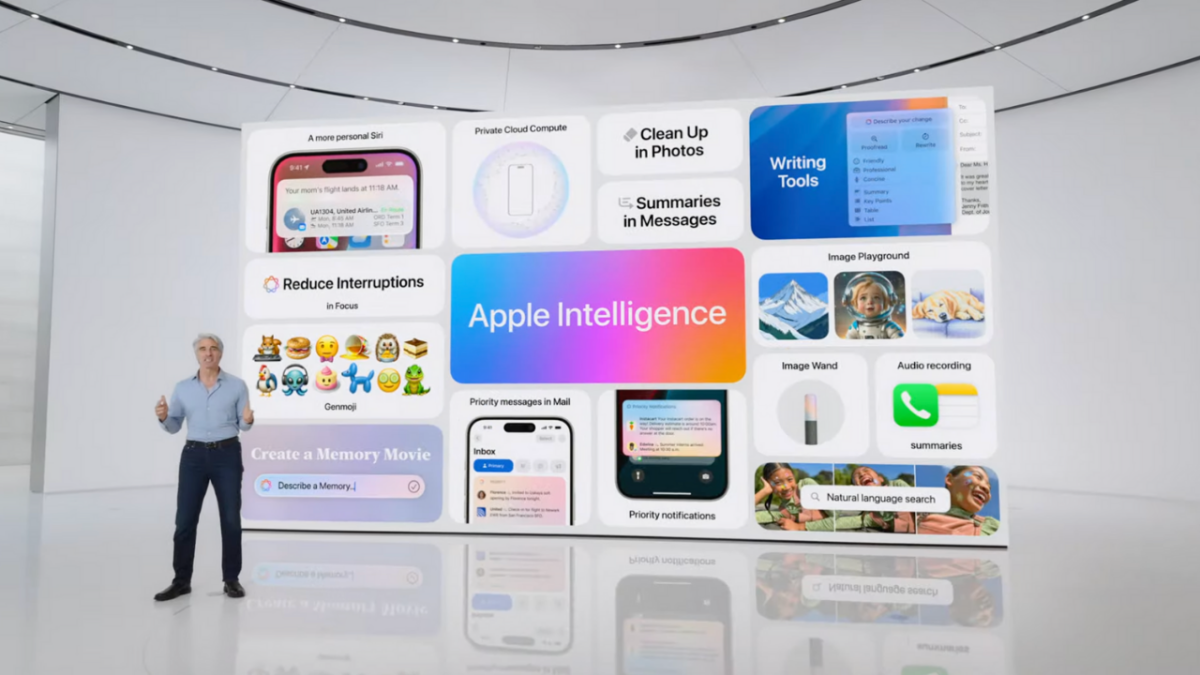Apple Clean Up vs. Google Magic Eraser vs. Samsung Galaxy AI: Which one erases objects better?

Find out which AI-powered object removal tool is better. Credit: Kimberly Gedeon / Mashable
The world is full of rivalries, each side convinced that theirs is the best. In this semi-regular series, we pit two competitors against each other to see how they stack up.
Apple’s Clean Up feature, currently available via the iOS 18.1 developer beta, is an Apple Intelligence tool that can remove unwanted objects from photos.
Keep in mind that the operative words here are “developer beta.” Clean Up is still in its testing phase — and you really shouldn’t download any iOS beta version without backing up your iPhone first. It’s a rough-around-the-edges copy that gives some users early access to iOS 18 features before they officially drop later this year.
With that in mind, I wanted to test Apple’s new Clean Up utility and pit it against other tools, including Google Magic Eraser and Samsung Galaxy AI. For this face-off, I’ll be using the iPhone 15 Pro Max (Clean Up), Google Pixel 9 Pro XL (Magic Eraser), and Samsung Galaxy S24 Ultra (Galaxy AI).
Apple Clean Up vs. Magic Eraser vs. Galaxy AI: Test photos
I decided to choose the following three photos for the test. Each one has a specific level of difficulty: easy, medium, and hard.
Easy
This first one, shot in Grenada, features a couple walking along the beach who, sorry to them (I’m sure they’re nice people), needs to get removed from the picture.
A beach in grenada Credit: Kimberly Gedeon / Mashable
This should be easy for AI-powered object removal tools because there’s a consistent background pattern and minimal overlap and shadows. Plus, it’s got great lighting.
Medium
The red car in this photo is getting the boot.
A red car in a parking lot Credit: Kimberly Gedeon / Mashable
Unfortunately for our AI tools, they’ve got a nasty little shadow to deal with.
Hard
And finally, the eag;e in this photo, shot in the Vanderbilt Museum in Long Island, will be targeted for removal.
Room in the Vanderbilt Museum Credit: Kimberly Gedeon / Mashable
The eagle is inside the glass enclosure obstructs a significant part of the image, which means the AI will have to work hard to fill in the void.
Apple’s Clean Up
Starting with the couple walking along the coast, I fired up the Clean Up tool on the iPhone 15 Pro Max in the Photos app.
To my surprise, Clean Up auto-selected the couple and highlighted them. In other words, I didn’t even have to “tell” the tool which part of the image I wanted removed.
Clean Up tool with Apple Intelligence Credit: Kimberly G
I tapped on the highlighted couple — and it removed the woman. The second tap removed the man. And then, poof! They were gone.
Left: Credit: Kimberly Gedeon / Mashable
Right: Credit: Kimberly Gedeon / Mashable
There’s not a single trace of them left behind. Well done, Apple Intelligence.
Next, let’s test the car photo. Again, it pre-selected some options for removal, including the red car.
This one is a little more challenging.
Mashable Light Speed
Left: Credit: Kimberly Gedeon / Mashable
Right: Credit: Kimberly Gedeon / Mashable
If you look closely, Apple Intelligence left behind some subtle red hues on the shadow.
Finally, let’s see how the iOS 18 Clean Up tool handles the eagle removal.
For this one, Apple didn’t pre-select anything in this photo. With my finger, I had to draw a circle around the eagle. After using the Clean Up tool, here’s the final image.
Left: Credit: Kimberly Gedeon / Mashable
Right: Credit: Kimberly Gedeon / Mashable
Again, this photo is particularly challenging because the eagle blocks a significant portion of the image. As you can see, this task required Apple Intelligence to fill in too many blanks, and as a result, it had difficulty conceptualizing how to replace the void.
Google’s Magic Eraser
Now, it’s time to see how Google handles object removal.
Let’s get rid of that couple. Circling and tapping on the Google Pixel 9 Pro XL was trickier than the Clean Up tool. It often required several taps and circles to ensure that the highlighted area is what I’d like to erase. However, it did a great job at removing the lovebirds from the sandy beach.
Left: Credit: Kimberly Gedeon / Mashable
Right: Credit: Kimberly Gedeon / Mashable
As a bonus, Magic Eraser gives you four options to choose from, so if you don’t like how the first one came out, there are three other iterations created just for you.
Next, I used Magic Eraser to remove the car.
Left: Credit: Kimberly Gedeon / Mashable
Right: Credit: Kimberly Gedeon / Mashable
It looks like the Google tool added a sinkhole to replace the red car. I’m not a fan of this result.
Finally, selecting the eagle for removal on the Google Pixel 9 Pro XL was an absolute pain. It wouldn’t register my circles around the glass-enclosed bird. And when it finally did, the highlight field oddly excluded some parts of the bird, so I needed to go back and tap that area to ensure they got removed.
Magic Eraser tool on Google Pixel 9 Pro XL phone Credit: Kimberly Gedeon / Mashable
But when Magic Eraser did its thing, wow, I was incredible impressed.
Left: Credit: Kimberly Gedeon / Mashable
Right: Credit: Kimberly Gedeon / Mashable
There is some warping and discoloration of the obstructed area, but as you can see, Google’s AI performed well in interpreting what lies behind the eagle.
Samsung’s Galaxy AI
Similar to Apple and Google, Samsung’s Galaxy AI did a bang-on job at removing the pesky couple walking down the Grenadian beach. (Thanks to the S Pen that ships with the Galaxy S24 Ultra, selecting unwanted objects was an easy task.)
Left: Credit: Kimberly Gedeon / Mashable
Right: Credit: Kimberly Gedeon / Mashable
Interestingly, Samsung Galaxy AI added a watermark on the bottom-left of the image, letting others know that it’s an AI-generated image. (I haven’t seen any prominent watermark labels in the other AI-generated images.)
For the car photo, Galaxy AI replaced the red vehicle with what appears to be some sort of crate — or a bale of hay?
Left: Credit: Kimberly Gedeon / Mashable
Right: Credit: Kimberly Gedeon / Mashable
Maybe it’s a box that contains the last semblance of Galaxy AI’s logic. Who knows? I’m confused and baffled by this one.
Fortunately, Samsung did a better job at handling this difficult image of a room inside the Vanderbilt Museum.
Left: Credit: Kimberly Gedeon / Mashable
Right: Credit: Kimberly Gedeon / Mashable
The lighting is a bit off, the door doesn’t look it’d open, and the lamp is missing a leg, but it’s not a bad effort from Galaxy AI considering the complexity of the image.
Apple Clean Up vs. Magic Eraser vs. Galaxy AI: Winner
Unsurprisingly, all three AI tools handled the easy image well. Interestingly, there is a noticeable drop in quality with all the AI-generated results.
The winner of this object-removal face-off goes to Google. Although I’m not a fan of how it can’t seem to smartly estimate which object you’re trying to remove, it did a decent job at handling the easy and complex photos. The car photo was a fail, but Google’s ability to handle the difficult image made it a winner.
Apple is in second place. It nailed the first two images, but it couldn’t quite get the complex image right with the eagle removal. (It’s worth noting that, again, iOS 18 Clean Up is currently in beta.)
Samsung’s Galaxy AI is in last place. It surfaced a bale of hay I didn’t ask for. But it did OK with the beach photo and the Vanderbilt museum shot.
UPDATE: Sep. 3, 2024, 1:36 p.m. EDT This piece was updated to reflect that the glass-enclosed bird in the image is not an owl, but an eagle.
Kimberly Gedeon, at Mashable since 2023, is a tech explorer who enjoys doing deep dives into the most popular gadgets, from the latest iPhones to the most immersive VR headsets. She’s drawn to strange, avant-garde, bizarre tech, whether it’s a 3D laptop, a gaming rig that can transform into a briefcase, or smart glasses that can capture video. Her journalism career kicked off about a decade ago at MadameNoire where she covered tech and business before landing as a tech editor at Laptop Mag in 2020.
This newsletter may contain advertising, deals, or affiliate links. Subscribing to a newsletter indicates your consent to our Terms of Use and Privacy Policy. You may unsubscribe from the newsletters at any time.




